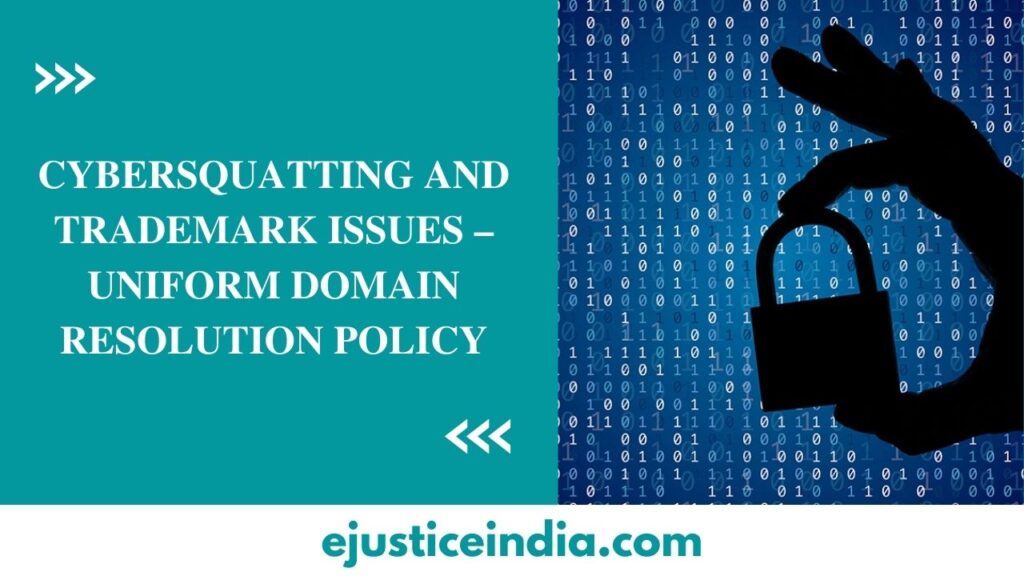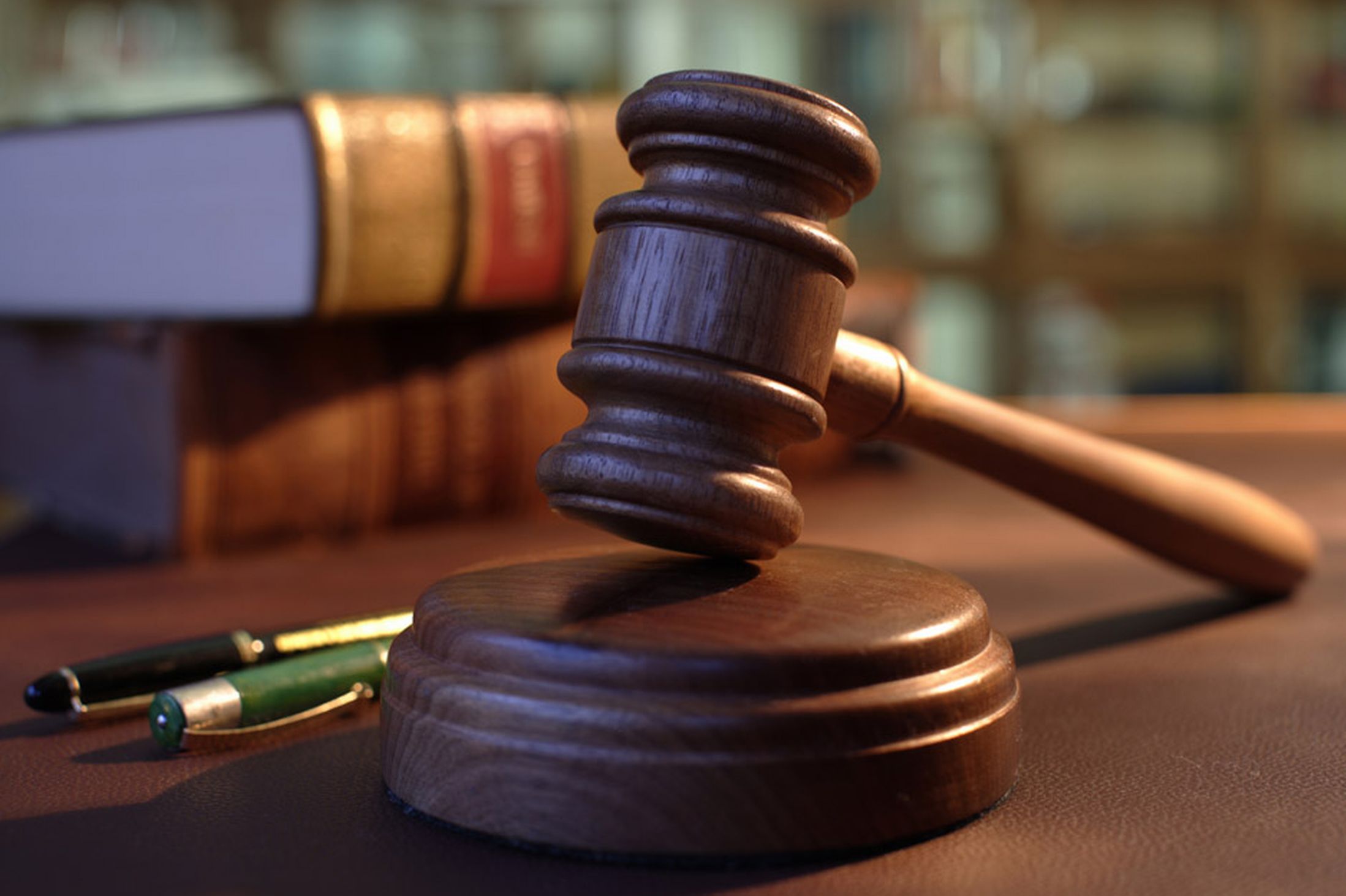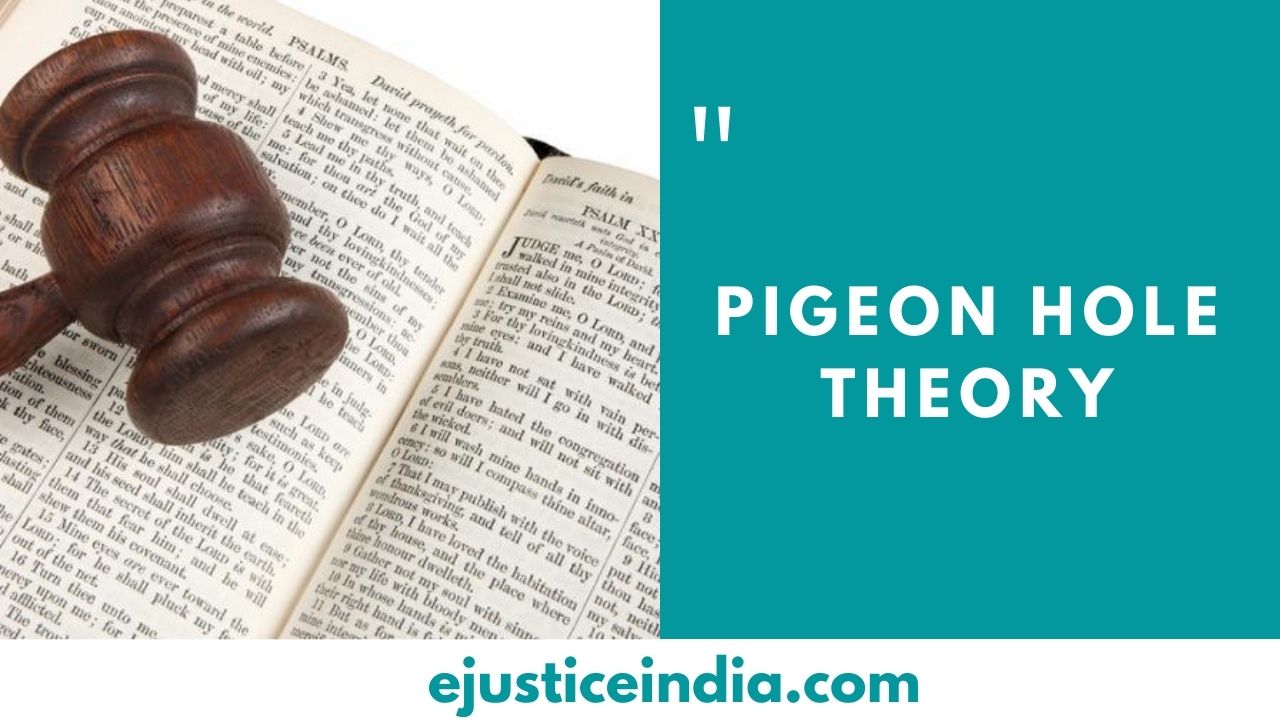CYBERSQUATTING AND TRADEMARK ISSUES –UNIFORM DOMAIN RESOLUTION POLICY

Author – Gyan Prakash (4th Year, BALLB) – The ICFAI University, Dehradun
Co-Author – Prof. Vivek Kumar (Sr. Professor) – The ICFAI University, Dehradun
ABSTRACT
The internet’s “first-come, first-served” principle for domain name registration creates fertile ground for cybersquatting, where individuals register domain names identical or confusingly similar to established trademarks with malicious intent. This act harms both trademark owners and consumers, potentially tarnishing brand reputation and misleading users.
This paper delves into the intersection of cybersquatting and trademark issues, focusing on the Uniform Domain-Name Dispute-Resolution Policy (UDRP) as a key mechanism for resolving such disputes. The UDRP provides a streamlined, non-court alternative for trademark owners to reclaim cybersquatted domain names.
Key elements explored include:
- Defining cybersquatting and its impact on trademarks.
- Understanding the UDRP framework and its three-pronged test.
- Analyzing the strengths and limitations of the UDRP.
- Examining alternative remedies for trademark owners.
By highlighting the UDRP’s role in combating cybersquatting and protecting trademark rights in the online space, this paper aims to inform stakeholders about this essential dispute resolution mechanism
INTRODUCTION
In the digital age, domain names serve as valuable online real estate, representing brands, businesses, and individual identities. However, bad actors can exploit this by registering domain names identical or confusingly similar to established trademarks, a practice known as “cybersquatting.” This raises concerns about trademark infringement, consumer confusion, and unfair competition. Fortunately, mechanisms like the Uniform Domain-Name Dispute-Resolution Policy (UDRP) exist to help trademark owners reclaim their rightful online presence.
UNDERSTANDING CYBERSQUATTING
Cybersquatting refers to the bad faith registration and use of domain names that are identical or confusingly similar to existing trademarks. Motivations vary, ranging from profiting from the brand’s goodwill to disrupting their online presence.
Cybersquatting involves registering, acquiring, or using a domain name with the intent to:
- Profit from the goodwill of a trademark: This includes selling the domain name to the trademark owner at an inflated price or attracting traffic to generate advertising revenue.
- Disrupt the trademark owner’s online business: By diverting consumers to a competing website or damaging the brand’s reputation.
- Impersonate the trademark owner: This could involve misleading consumers into believing they are interacting with the legitimate brand.
Common tactics include:
- Typosquatting: Registering domains with misspelled versions of the trademark.
- Homograph squatting: Using lookalike characters from different alphabets.
- Reverse domain-name hijacking: Registering trademarks as domain names after their expiry.
IMPACT OF CYBERSQUATTING ON TRADEMARKS
Trademarks protect distinctive symbols, words, or phrases that identify the source of goods or services. When a cybersquatted domain name infringes upon a trademark, legal remedies exist under national and international trademark laws. However, these can be time-consuming and expensive, prompting the need for alternative solutions.
Cybersquatting can have several detrimental effects on trademarks:
- Consumer confusion: Consumers may mistakenly believe the cybersquatted domain belongs to the legitimate trademark owner, leading to lost sales and brand damage.
- Dilution of trademark distinctiveness: Repeated exposure to similar domain names can weaken the uniqueness and recognition of the original trademark.
- Loss of online control: The trademark owner may be unable to establish their desired online presence, hindering their digital marketing efforts.
- Financial losses: The trademark owner may incur costs associated with reclaiming the domain name or mitigating the damage caused by cybersquatting.
DIRECT TRADEMARK INFRINGEMENT
At its core, cybersquatting directly infringes upon trademark rights. By leveraging the brand’s established reputation and goodwill, cybersquatters divert traffic, create confusion, and potentially dilute the trademark’s distinctiveness.
This can lead to:
- Lost revenue: Confused consumers might unknowingly end up on infringing websites, hindering legitimate sales and brand reach.
- Brand dilution: Repeated exposure to similar domain names weakens the association between the trademark and its specific source, diminishing its value.
- Reputational damage: Misleading content or malicious activities on cybersquatted domains can tarnish the brand’s image and erode consumer trust.
PROTECTING YOUR BRAND
While cybersquatting poses a formidable challenge, proactive measures can mitigate its impact:
- Regularly monitor domain registrations: Actively track domain names similar to your trademarks and promptly address potential infringements.
- Register key variations: Consider securing domain names with misspellings, hyphens, or alternative extensions to proactively prevent cybersquatting.
- Implement strong brand protection policies: Educate employees about cybersquatting and establish clear procedures for reporting and responding to infringements.
- Seek legal counsel: Consult with intellectual property lawyers to understand your legal rights and explore comprehensive brand protection strategies.
The Uniform Domain-Name Dispute-Resolution Policy (UDRP)
The UDRP, established by the Internet Corporation for Assigned Names and Numbers (ICANN), provides an administrative procedure for resolving domain name disputes outside the traditional court system. This process is faster, cheaper, and more accessible than litigation, making it a valuable tool for trademark owners worldwide.
It offers several advantages:
- Cost-effective: Compared to litigation, UDRP fees are significantly lower.
- Expeditious: Cases are typically resolved within months, compared to years in court.
- Expertise: Panellists possess specialized knowledge in domain name disputes.
Requirements for a Successful UDRP Complaint
To succeed under the UDRP, the complainant (trademark owner) must demonstrate that:
- The disputed domain name is identical or confusingly similar to a trademark in which the complainant has rights.
- The respondent (domain name registrant) has no legitimate interests in respect of the domain name.
- The domain name has been registered and is being used in bad faith.
Key Elements of “Bad Faith”
The concept of “bad faith” is central to the UDRP. Bad faith is the cornerstone of a successful UDRP claim. Common indicators include:
- Diverting internet traffic away from the trademark owner’s website.
- Having a prior history of cybersquatting.
- Registering the domain name primarily to sell it to the trademark owner for a profit.
- Using the domain name to attract internet traffic for commercial gain by misleading consumers.
- Trying to prevent the trademark owner from registering their own domain name.
- Engaging in trademark infringement or unfair competition.
RESOLVING THE DISPUTE
If the UDRP panel finds in favour of the complainant, it can order the transfer of the disputed domain name to the trademark owner. However, it is important to note that the UDRP does not award damages or impose other penalties.
LIMITATIONS OF THE UDRP
While the UDRP is a valuable tool, it has certain limitations:
- Not binding on courts: A successful UDRP outcome does not guarantee success in court if the case goes to litigation.
- Potential for abuse: Respondents may use the UDRP defensively to delay or obstruct legitimate trademark enforcement actions.
- Limited scope: The UDRP only applies to specific domain name registrars and registries that have adopted the policy.
- No damages awarded: The UDRP focuses on domain name transfer, not monetary compensation.
ADDITIONAL LEGAL OPTIONS
Trademark owners can also consider alternative legal options such as:
- Litigation in national courts: This can be a more complex and expensive option, but it may offer a wider range of remedies than the UDRP.
- Arbitration: This can provide a more flexible and confidential alternative to court proceedings.
- Negotiation and settlement: Reaching a mutually agreeable solution with the domain name registrant can be faster and less expensive than other options.
CONCLUSION
Cybersquatting poses a significant threat to trademarks in the digital age. The UDRP provides a valuable mechanism for trademark owners to reclaim their rightful online presence. However, it is crucial to understand the requirements and limitations of the UDRP and consider alternative legal options when necessary. By leveraging the available tools and strategies, trademark owners can effectively protect their intellectual property and brand reputation online.
The UDRP offers a valuable tool for trademark owners to combat cybersquatting. While understanding its requirements and limitations is crucial, seeking legal counsel remains essential for navigating complex cases or pursuing damages. By leveraging the UDRP strategically alongside proactive brand protection measures, businesses can safeguard their online presence and ensure a trusted brand experience for their customers.


